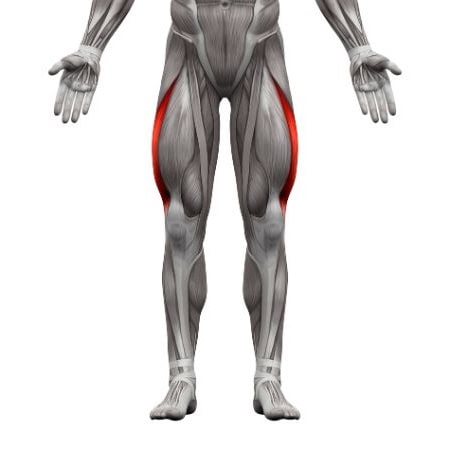Wall Assisted Sissy Squat
How to do Wall Assisted Sissy Squat?
The assisted sissy squat is a variation of the sissy squat where the athlete uses a wall or other stable surface for support. This exercise focuses on building strength and mobility in the quadriceps while reducing the balance challenge of the traditional sissy squat. By holding onto a support, you can focus on proper form and gradually improve your range of motion. It’s a great way to ease into the full sissy squat while still isolating the quads and challenging the core.
Steps to Perform the Exercise:
- Set Your Feet: Stand with your feet hip-width apart, facing a wall or next to a stable object (like a railing). Place one or both hands on the wall or support for balance.
- Engage Your Core: Tighten your abdominal muscles and stand tall, keeping your chest lifted and shoulders back.
- Lean Back Slowly: With your hips extended and torso straight, begin to slowly lean back by bending your knees. Use the wall or support to help you maintain balance.
- Lower Your Body: Continue leaning back, allowing your knees to bend forward while keeping your heels off the ground. Lower yourself as far as your strength and flexibility allow, focusing on isolating the quadriceps.
- Push Through the Toes: After reaching your deepest point, push through your toes and extend your knees to return to the starting position, maintaining control throughout the movement.
Tips for the proper execution of Wall Assisted Sissy Squat
Use Support Wisely: Use the wall or support to help with balance, but avoid relying too heavily on it. The goal is to progress toward holding the position without the support over time.
Keep Hips Extended: Ensure that your hips stay fully extended throughout the movement, with your torso staying in a straight line from your head to your knees.
Focus on Control: Move slowly and with control, especially during the descent. This will help engage the quadriceps more effectively and protect your knees.
Gradual Range of Motion: Lower yourself only as far as you feel comfortable, gradually increasing the depth of your squat as your strength and flexibility improve.
Knee Alignment: Make sure your knees are tracking straight ahead and not caving inward. This protects the knee joint and enhances proper muscle engagement.
Muscles worked when doing Wall Assisted Sissy Squat
- Primary Muscles: Quadriceps.
- Secondary Muscles: Hip flexors, core (rectus abdominis, obliques), calves (gastrocnemius), lower back (erector spinae).
Primary Muscle(s):
Secondary Muscle(s):
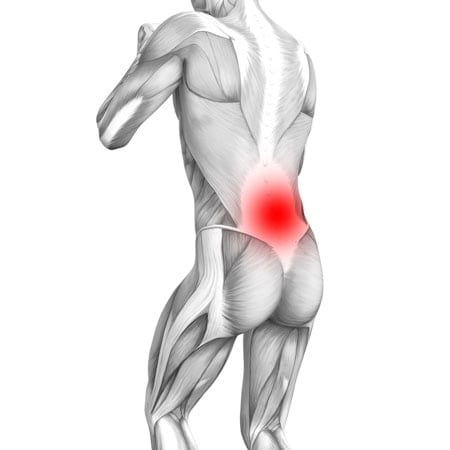
Lower back
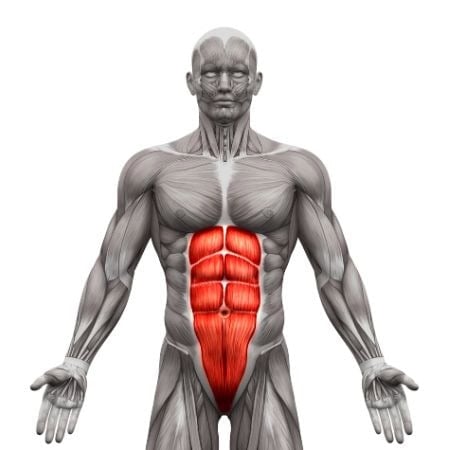
Abdominal
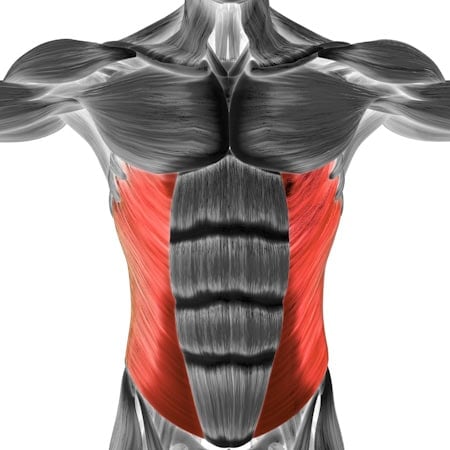
Oblique
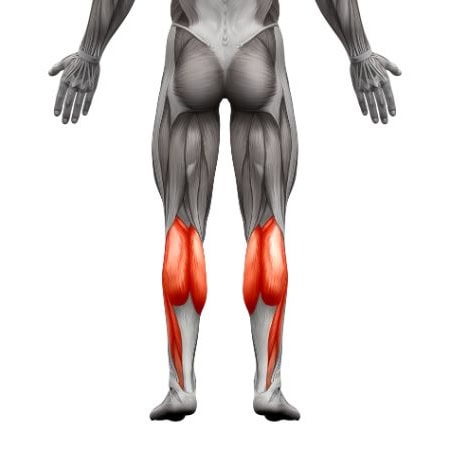
Calf
Equipment needed for Wall Assisted Sissy Squat
No equipment needed for this exercise.
Adjust the difficulty of Wall Assisted Sissy Squat
How to make Wall Assisted Sissy Squat harder?
How to make Wall Assisted Sissy Squat easier?
How to make Wall Assisted Sissy Squat harder?
To make Wall Assisted Sissy Squat harder:
-
Go Deeper: Increase your range of motion by lowering yourself deeper into the squat, aiming to bring your knees as close to the ground as possible while maintaining control.
-
Reduce Support: Gradually reduce the amount of support you're using, relying more on your balance and leg strength to perform the movement.
-
Add Weight: Hold a light dumbbell or weight plate at chest height or use a weighted vest to add resistance and make the exercise more challenging.
-
Slow Down the Movement: Slow down the lowering and raising phases, taking 5-8 seconds to lower yourself and return to standing. This increases time under tension, making the exercise more difficult.
How to make Wall Assisted Sissy Squat easier?
To make Wall Assisted Sissy Squat easier:
-
Reduce Range of Motion: If you're new to this exercise, only lower yourself a little at first and gradually increase your depth as you get stronger and more comfortable.
-
Use More Support: Hold onto the wall or support more firmly with both hands, allowing it to assist you in maintaining balance and controlling your descent.
-
Partial Repetitions: Perform partial reps by starting at a higher point in the movement, focusing on small, controlled movements until you build the necessary strength.


